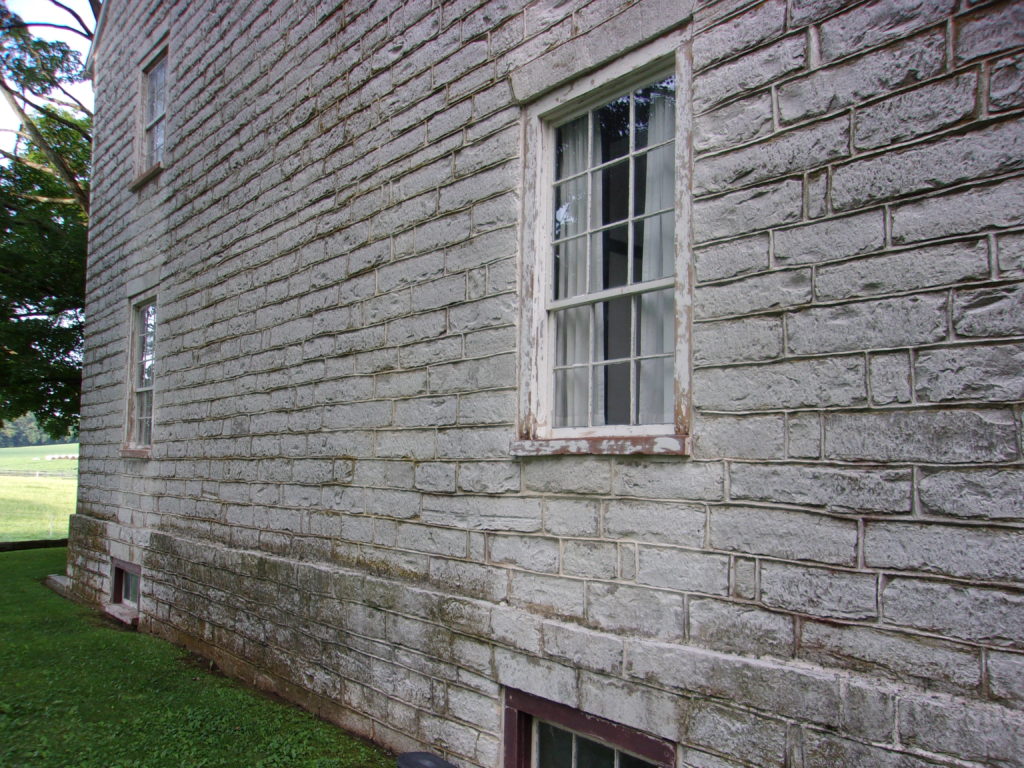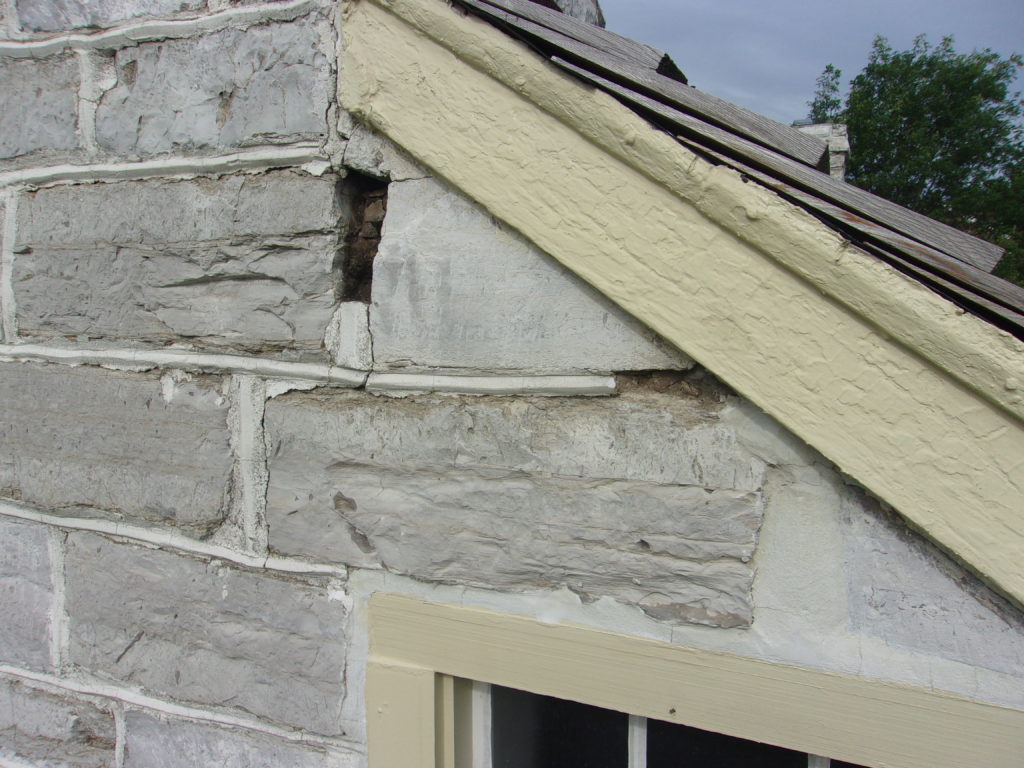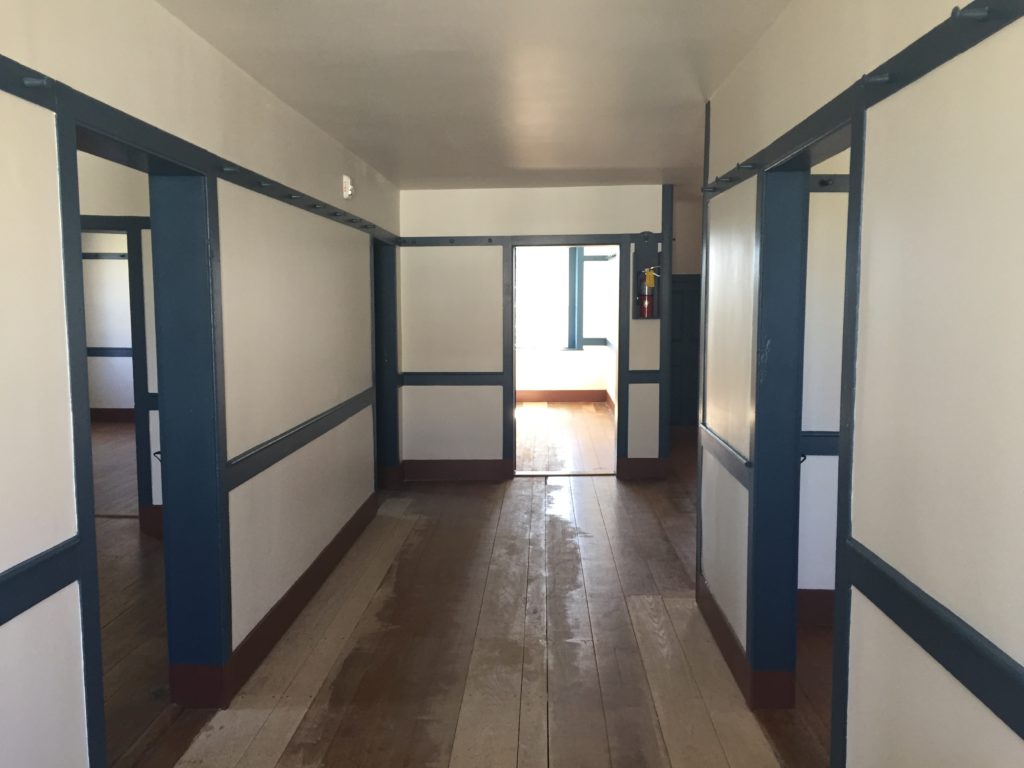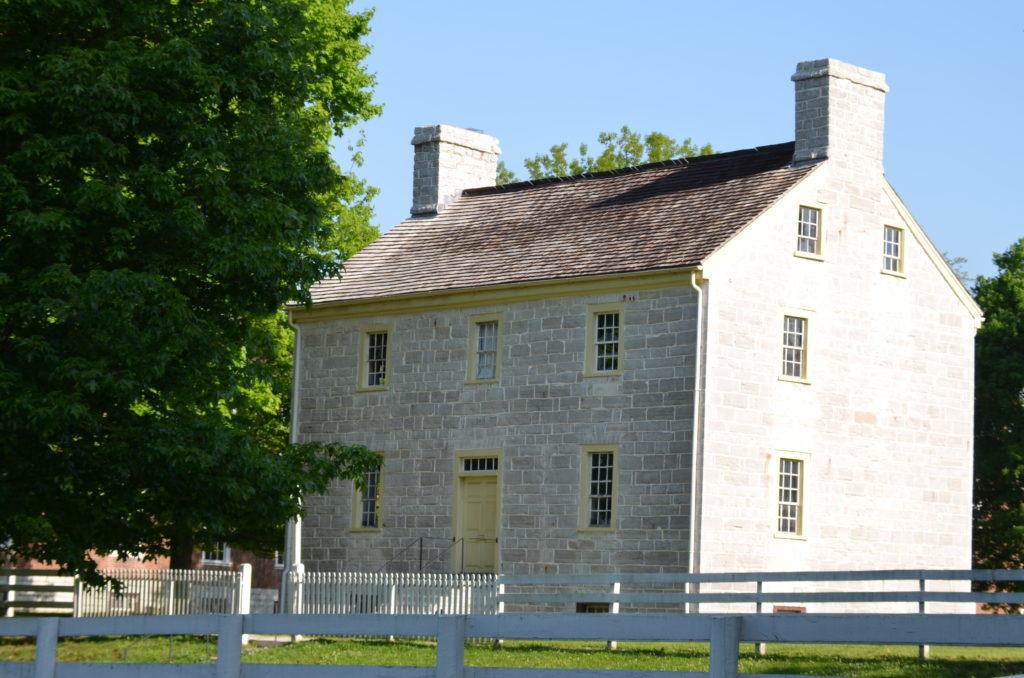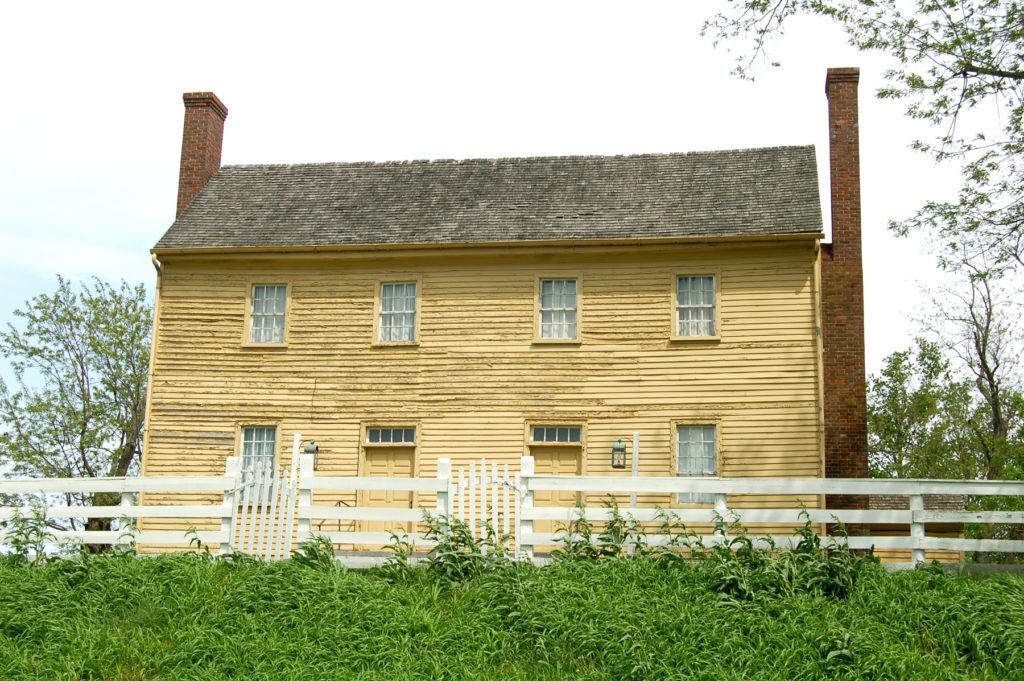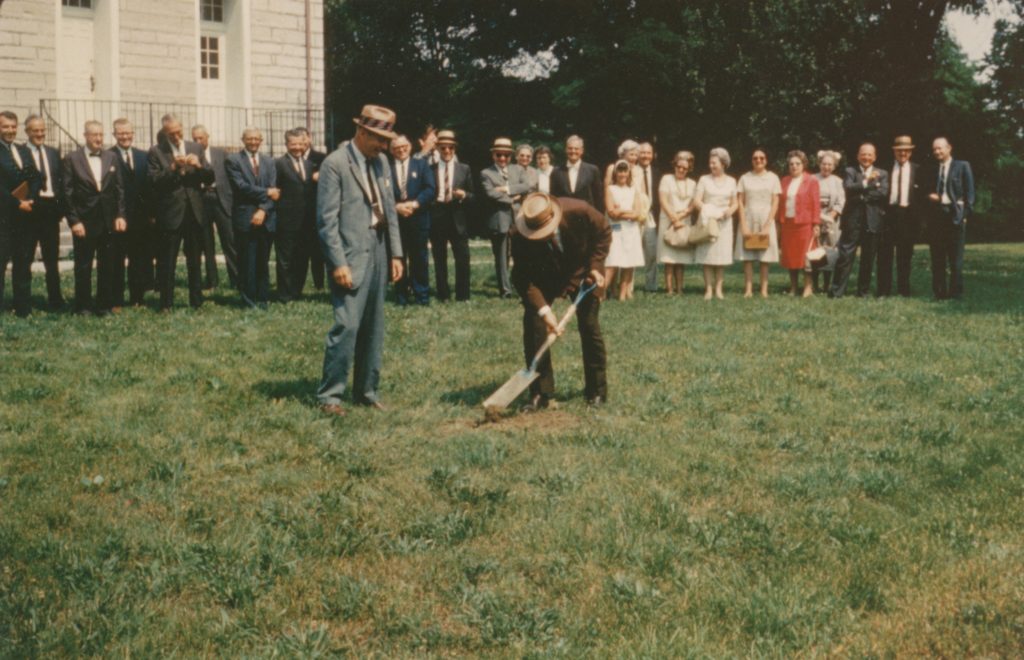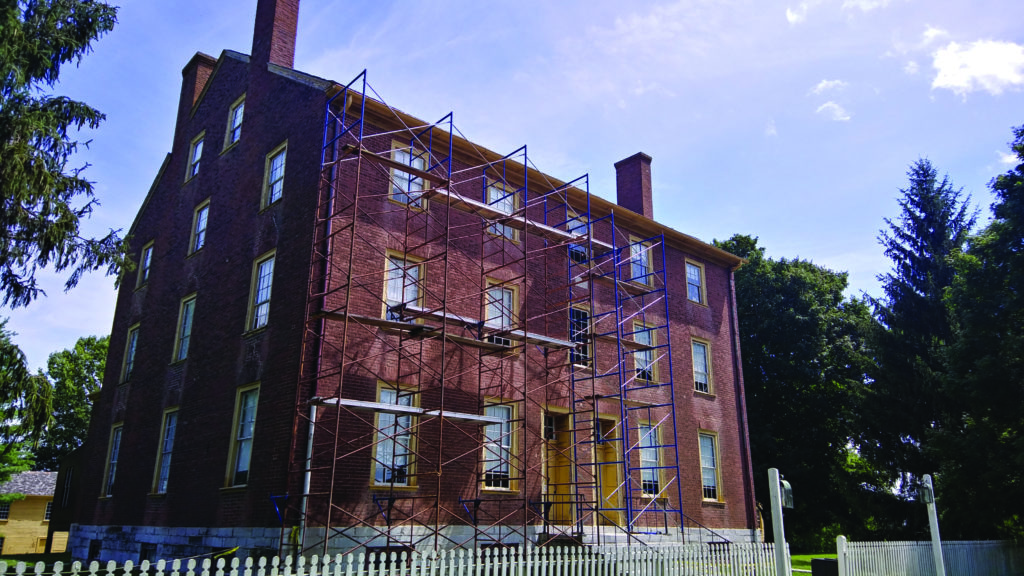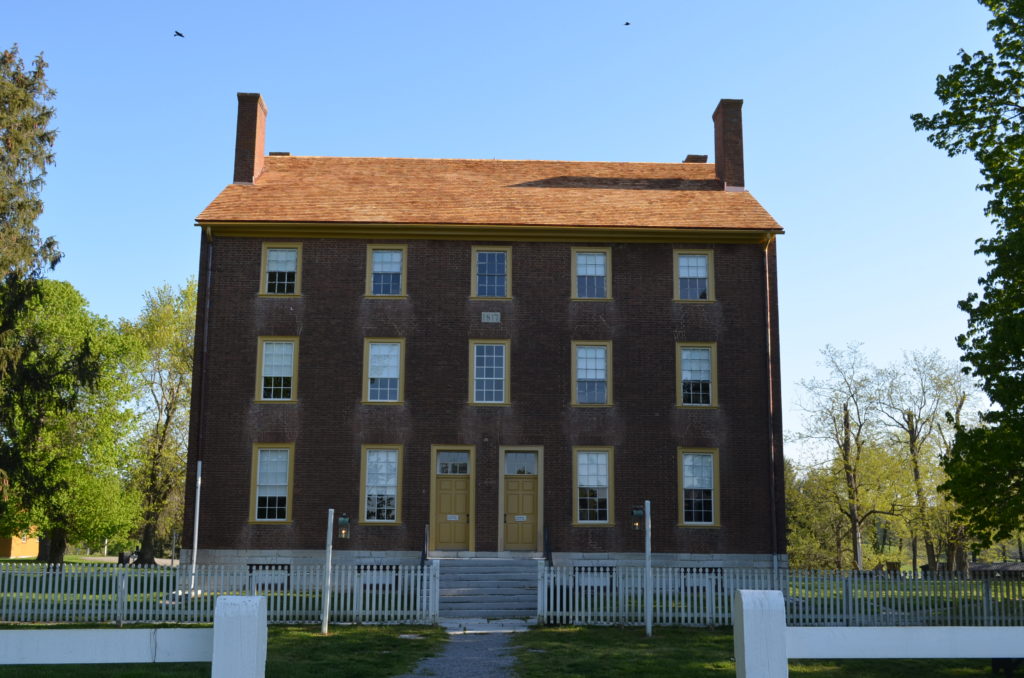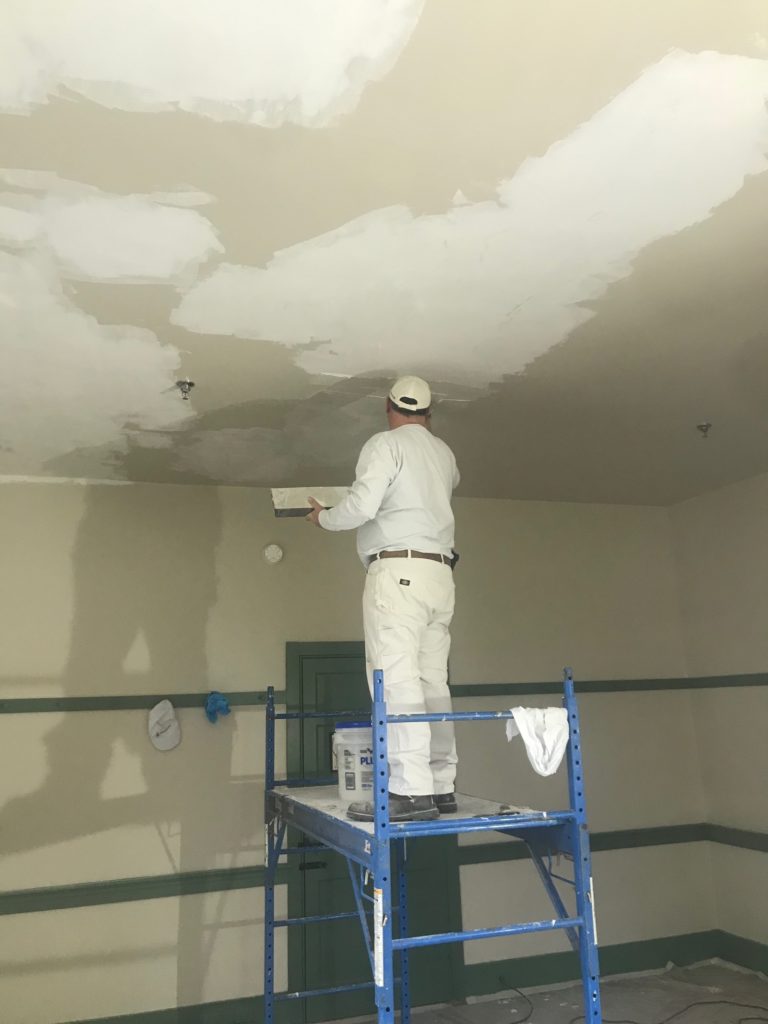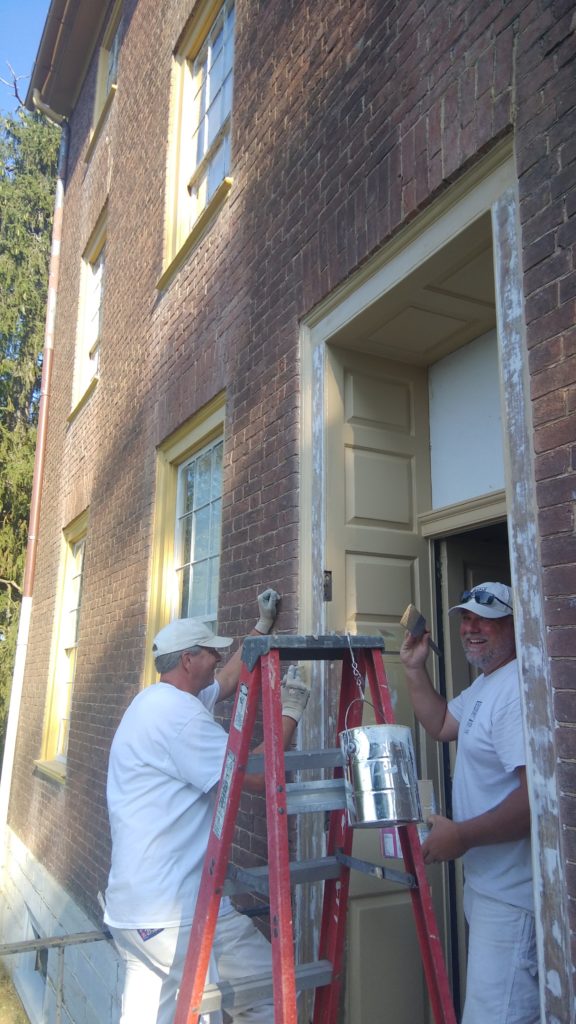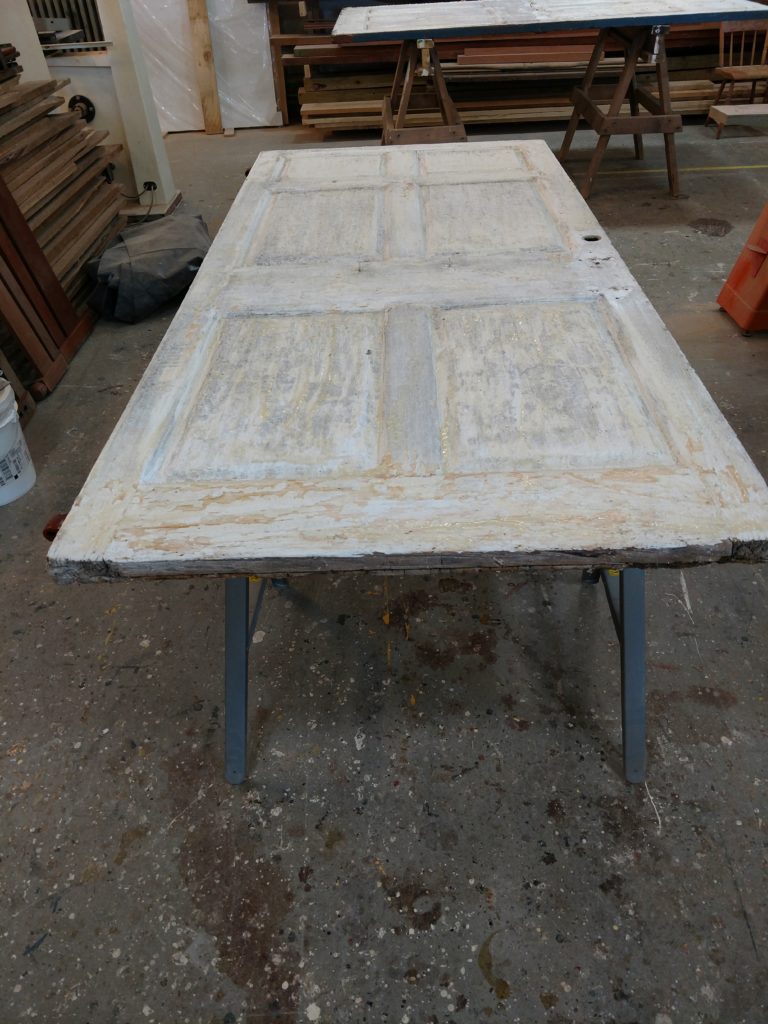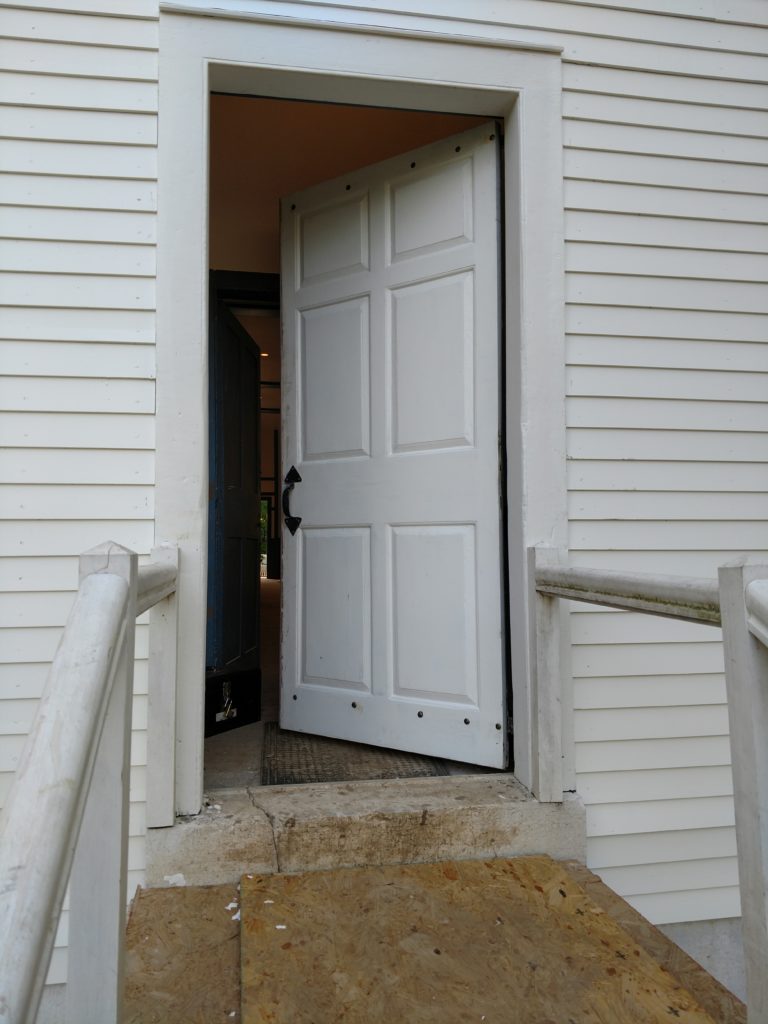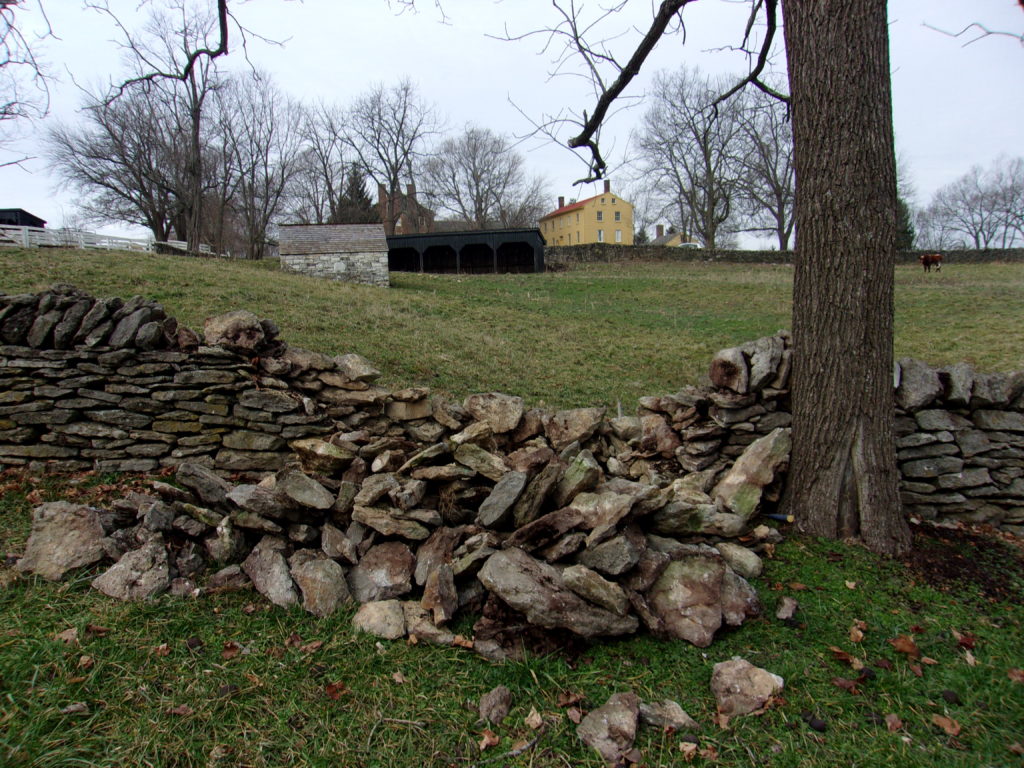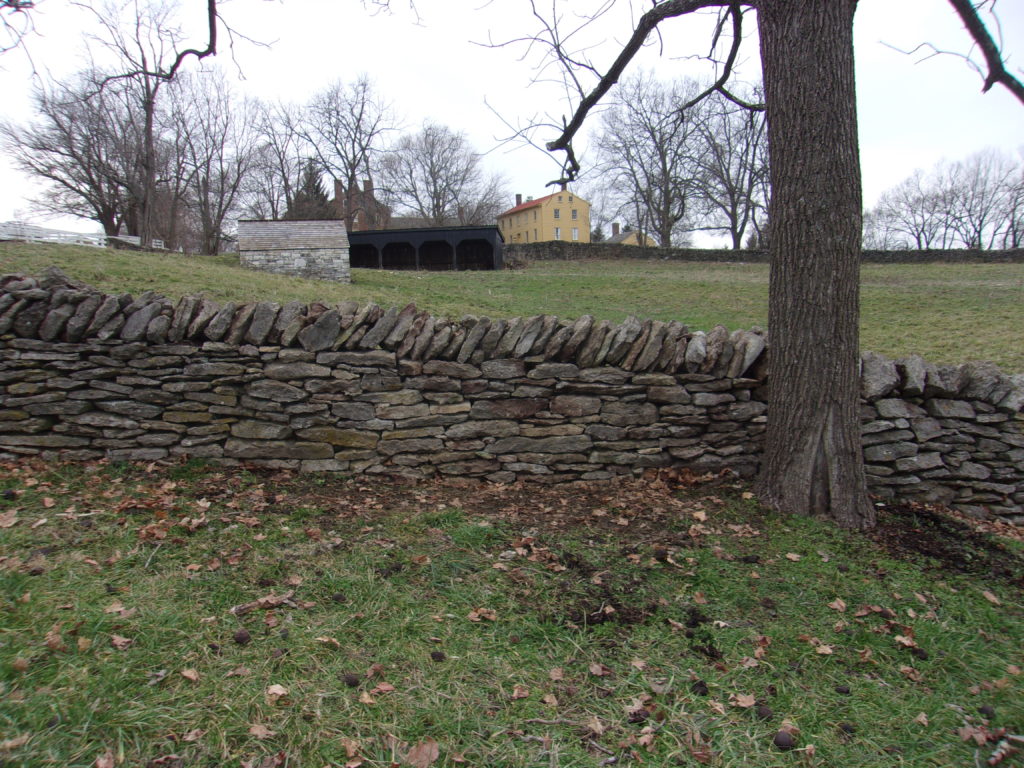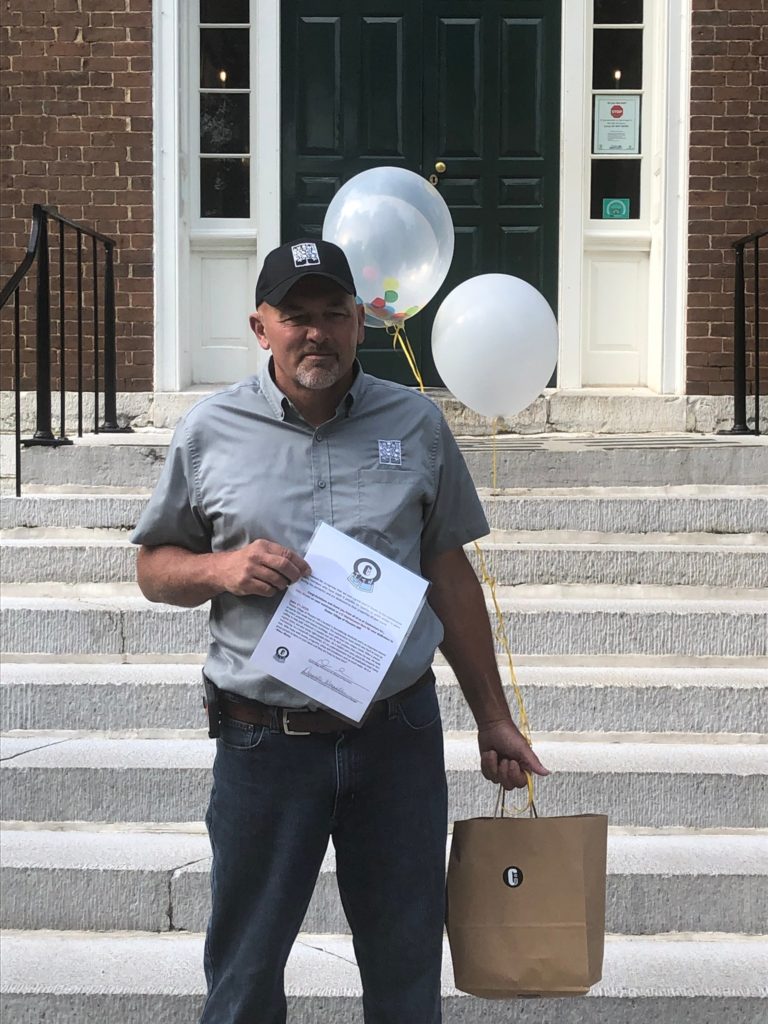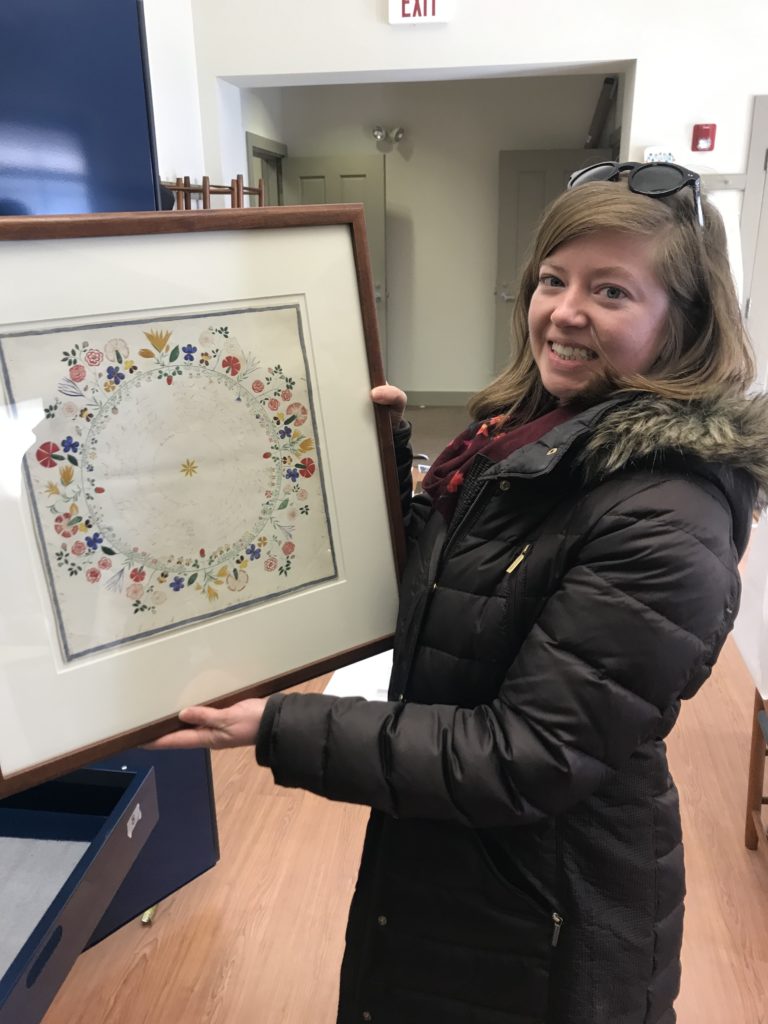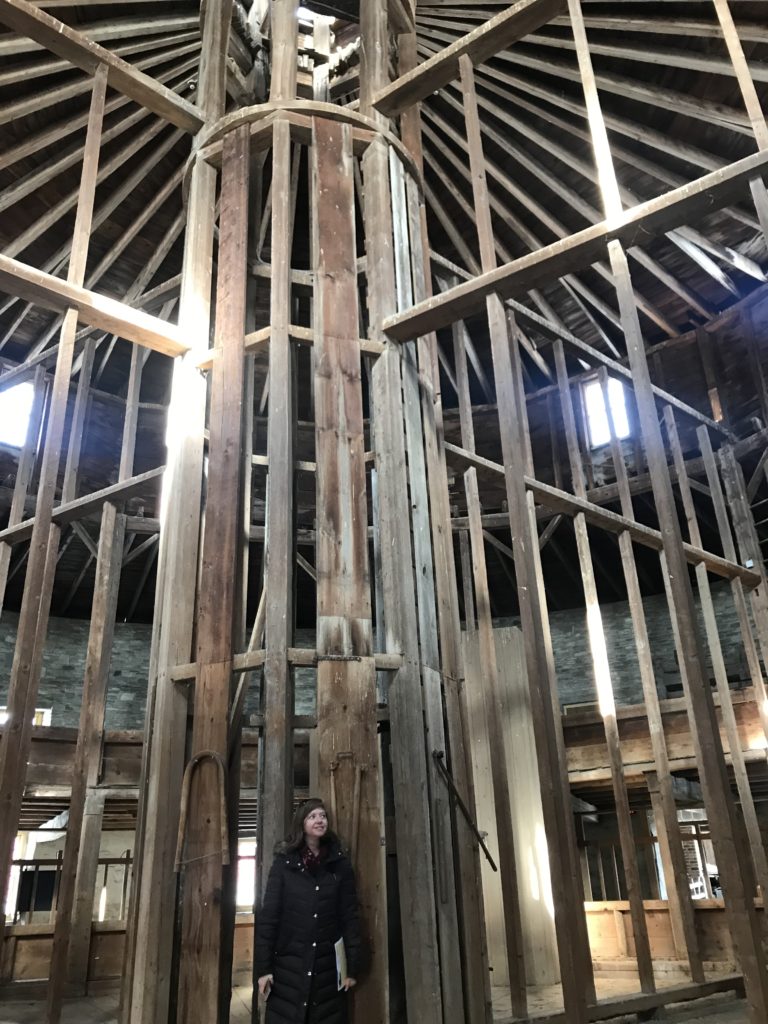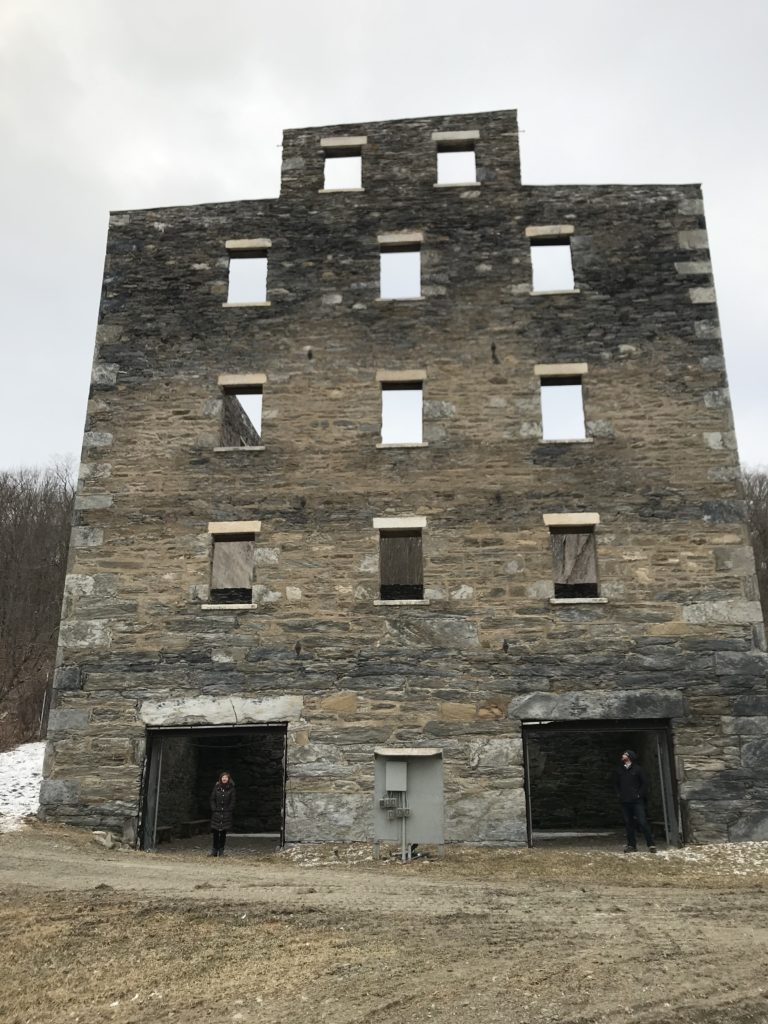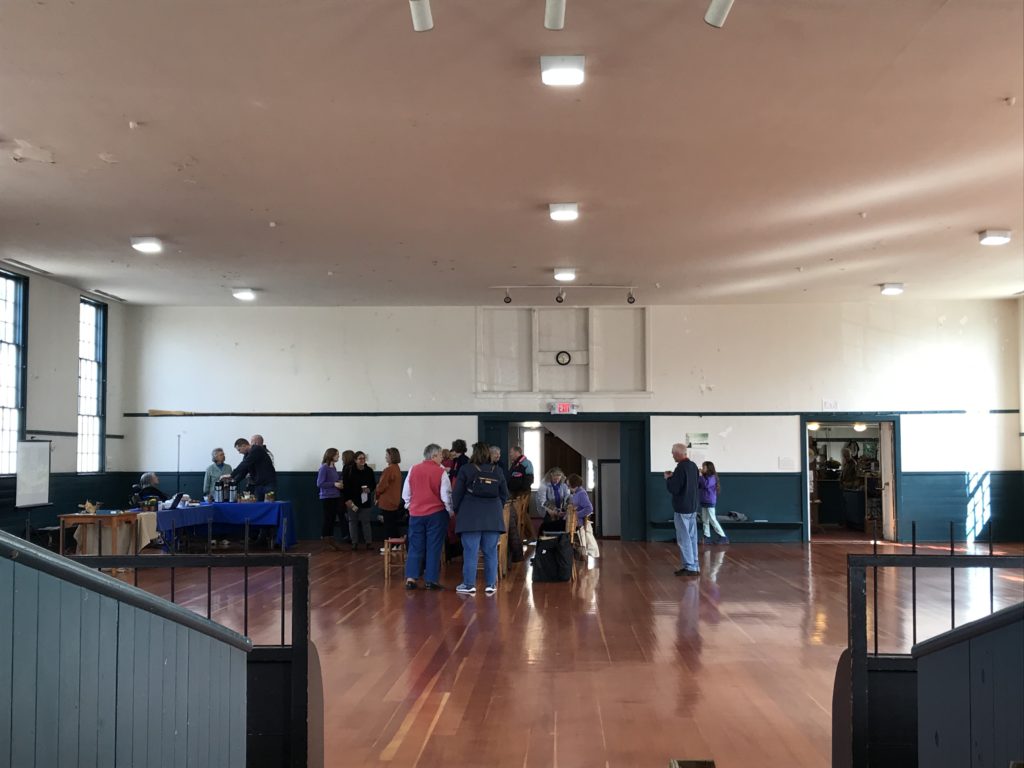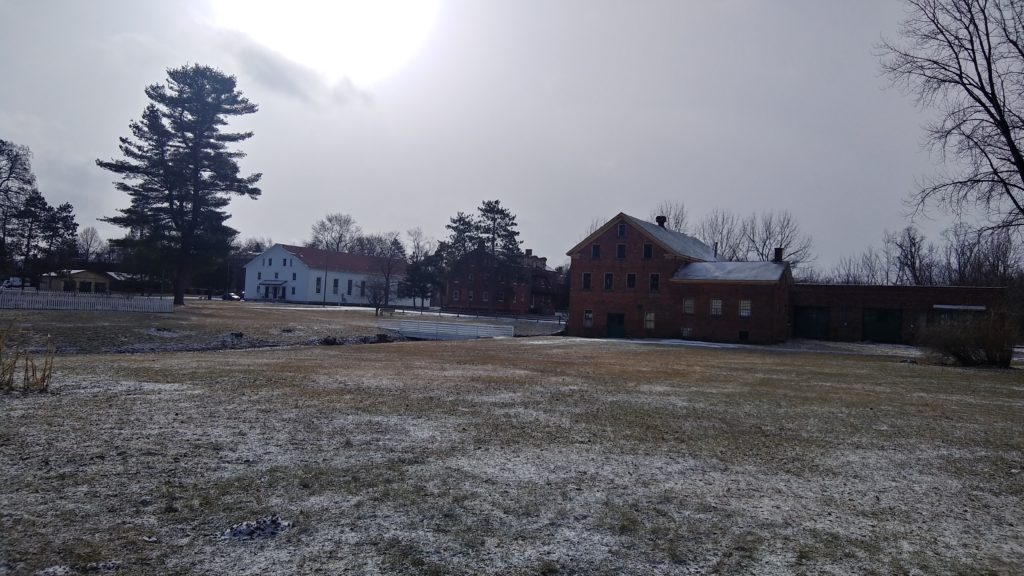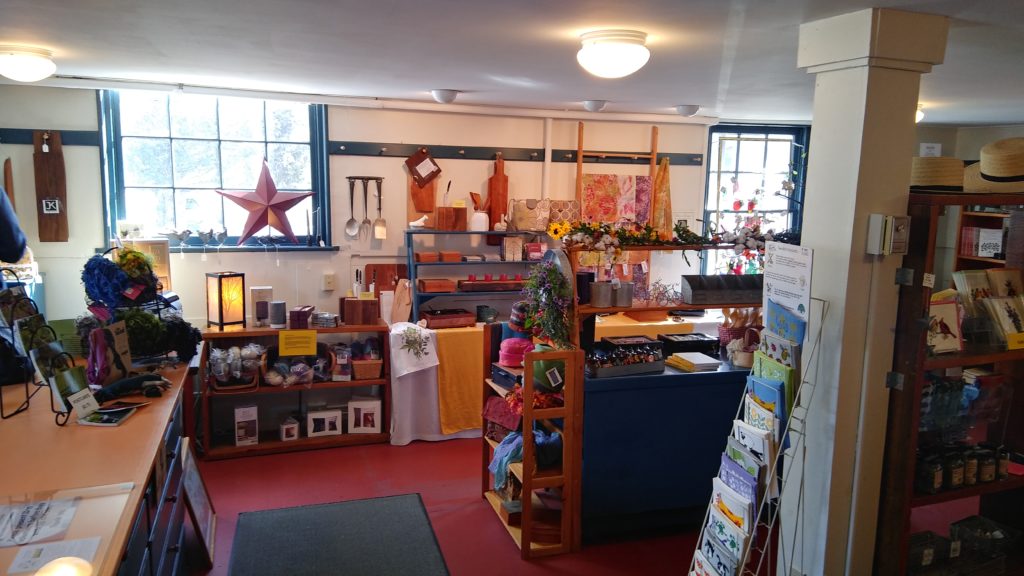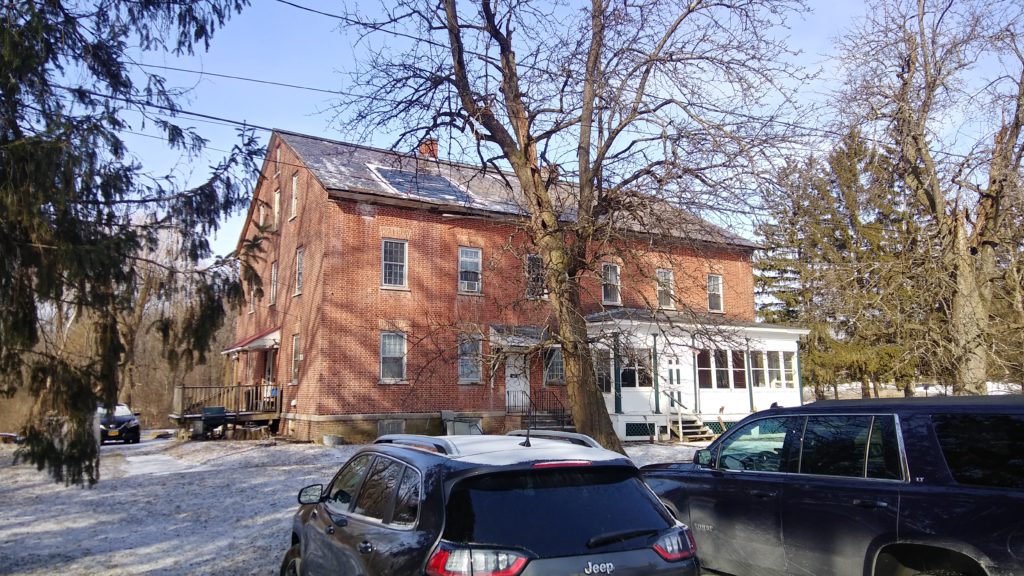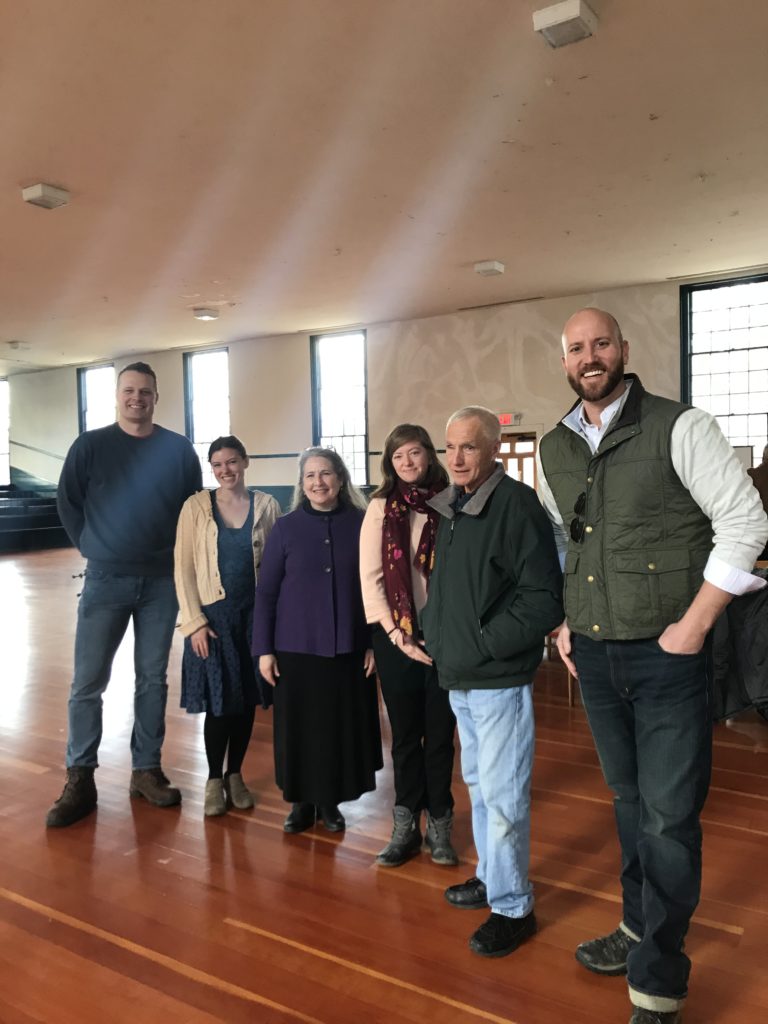Melissa Williams, Development Coordinator
Today marks one year since Shaker Village reopened to the public after a temporary, three-month closure. It’s been a year like no other for all of us and we wanted to take a moment to say thank you. We are especially grateful for your continued support over the past 12 months as you have shopped, dined, stayed, explored and donated.
Shaker Village is a nonprofit organization and we maximize our income to preserve Kentucky’s largest National Historic Landmark and share the legacy of the Pleasant Hill Shakers. We continually reinvest generated revenue and charitable donations into the 34 historic buildings, the grounds, Preserve and education. Our balanced financial approach to historic preservation and programming has helped sustain the Village and create an engaging guest experience. When we closed in March 2020, we did so with limited financial resources on hand. It was a challenging time for the organization and our staff. Our most pressing concern was when we could reopen, what the Village experience would look like and if we could generate enough income to fund critical operations.
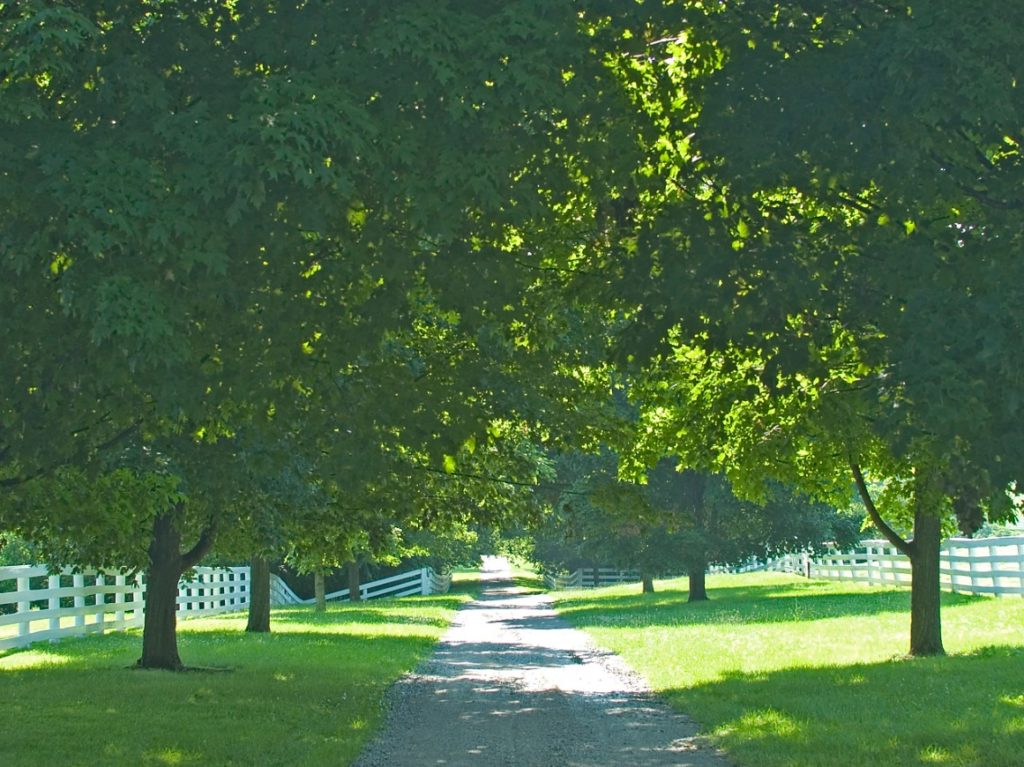
Adapting to the New Normal
Early on our team committed to telling the story of Pleasant Hill in new ways that could be accessed through our digital media platforms. As we reached out to our donors and guests with stories of the Shakers and the historic preservation work that continued during the closure, we received an outpouring of care and concern.
In the last 12 months, we have welcomed more donors to our community than ever before with gifts ranging from $5 to $10,000. Collectively our 1,200 donors generously contributed $1.8 million, which funded one third of our fiscal year operating expenses. Your support enabled Shaker Village to bring our staff back and reopen to the public on June 15th one year ago.
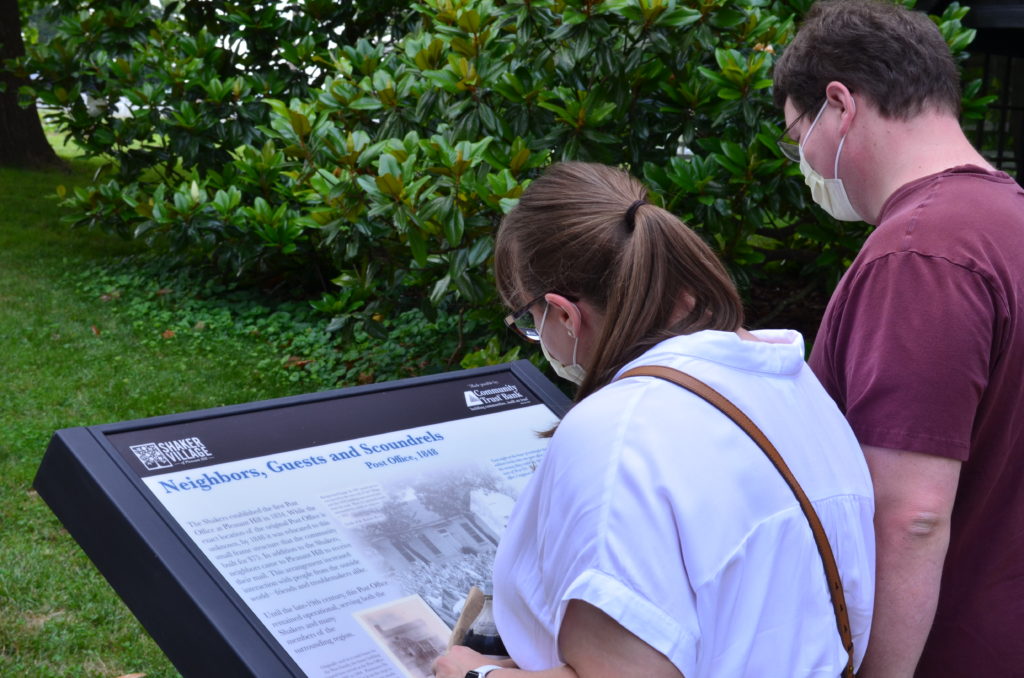
Peaceful Through the Pandemic
Throughout the pandemic guests have remarked that Shaker Village has been a peaceful retreat in an otherwise uncertain world. With 3,000 acres to explore, there is ample room to practice social distancing. A record number of guests visited to hike the trails, stay in one of our 72 historic hotel rooms at The Inn, dine outdoors at The Trustees’ Table and enjoy Music on the Lawn and other socially distanced programming.
Recently a donor enclosed a note with her gift that read, “My new favorite place.” As guests have returned, more and more have shared this sentiment and enrolled in our Annual Passholder program. The Passholder programs provides an avenue for guests to support Shaker Village but also offer great perks such as free admission. At present more than 1,300 individuals and families have expressed their commitment to Shaker Village by becoming a passholder. The revenue generated has enabled Shaker Village to rethink educational programming and introduce virtual workshops, innovation stations and more.
While Shaker Village has a physical presence in the land and historic buildings located here at Pleasant Hill, it has always been the people that make it a special place. That was true when the Shakers lived, worked and worshipped here. It was true in the 1950s and 1960s when private citizens organized and fundraised to preserve Pleasant Hill, and it remains true today.
One year after reopening, Shaker Village is here because of your generous support. Thank you for donating. Thank you for visiting. And thank you for supporting this powerful place.
